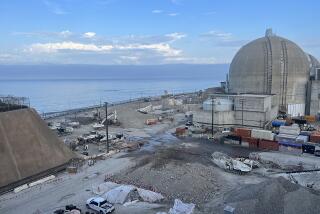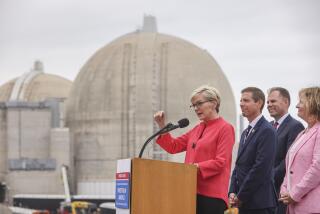Astronomical Observatory Proposed for New Mexico Nuclear Waste Dump
CARLSBAD, N.M. — Astronomers interested in outer space are considering an observatory deep underground in a nuclear waste dump, saying it’s protected from cosmic rays and surface radiation.
The idea could mean that some of the world’s most sensitive astronomical radiation detectors could wind up at the Waste Isolation Pilot Plant, the federal government’s nuclear waste dump near here.
It’s supported by the U.S. Department of Energy, which owns WIPP. The $2-billion dump stores radioactive waste from the nation’s defense programs in rooms 2,150 feet underground in ancient salt beds.
The idea also has attracted the interest of the National Science Foundation, which funds high-ticket observatories and gives research grants to astronomers.
“It has the potential to fill a strong need,” said David Caldwell, a particle astrophysicist at UC Santa Barbara and former director of the California Institute for Nuclear and Particle Astrophysics and Cosmology.
A site at WIPP would be free of interference from local radiation sources.
“It’s deep, so it’s insulated from cosmic rays and surface radiation,” Caldwell said. Salt, he said, is an excellent radiation shield and contains very little radiation itself.






